Home>Furniture & Design>Interior Design Trends>What Paint To Use On Glass
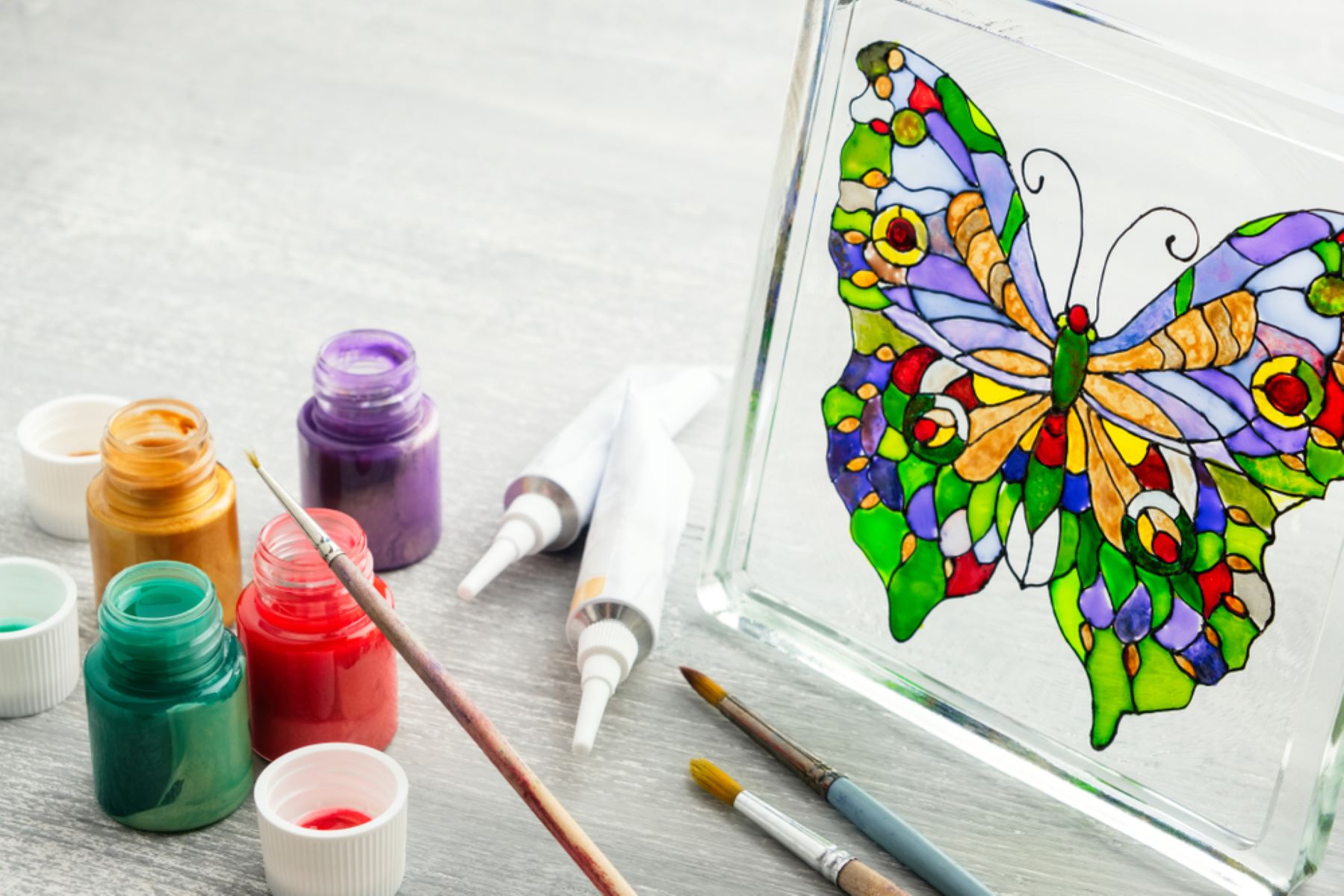

Interior Design Trends
What Paint To Use On Glass
Modified: February 4, 2024
Discover the latest interior design trends for glass surfaces and find out what paint to use on glass for a stylish and durable finish. Explore the best options for your next project!
(Many of the links in this article redirect to a specific reviewed product. Your purchase of these products through affiliate links helps to generate commission for Storables.com, at no extra cost. Learn more)
Introduction
When it comes to adding a touch of creativity and personalization to your living space, painting on glass can be a delightful and rewarding endeavor. Whether you're looking to revamp old glassware, create unique home decor, or craft personalized gifts, choosing the right type of paint for glass is crucial for achieving stunning and long-lasting results.
From acrylic and enamel to oil-based and spray paints, there is a diverse array of options available, each with its own set of characteristics and applications. Understanding the nuances of these paint types and the factors to consider when selecting the most suitable one for your project is essential for achieving a professional finish that withstands the test of time.
In this comprehensive guide, we will delve into the various types of paint commonly used for glass, explore the key factors to consider when choosing the right paint, and provide insights into surface preparation, application techniques, as well as curing and sealing methods. Whether you're a seasoned crafter or a novice DIY enthusiast, this article aims to equip you with the knowledge and confidence to embark on your glass-painting journey with enthusiasm and success.
So, grab your paintbrushes, unleash your creativity, and let's dive into the colorful world of glass painting!
Key Takeaways:
- Unleash Your Creativity on Glass
Discover the world of glass painting with versatile options like acrylic, enamel, oil-based, and spray paints. From vibrant colors to durable finishes, let your imagination shine on glass surfaces! - Prepare, Paint, and Protect Your Glass Creations
Clean, degrease, and choose the right paint for stunning glass art. Master brush painting, airbrushing, or spray painting techniques, then cure and seal for long-lasting, professional results.
Types of Paint for Glass
When it comes to painting on glass, selecting the right type of paint is crucial for achieving vibrant and long-lasting results. There are several options available, each with its own unique characteristics and applications. Understanding the differences between these paint types is essential for determining the most suitable one for your specific project. Let's explore the various types of paint commonly used for glass:
Acrylic Paint
Acrylic paint is a popular choice for glass painting due to its versatility and ease of use. It adheres well to glass surfaces and dries quickly, making it ideal for both beginners and experienced artists. Available in a wide range of colors, acrylic paint offers excellent opacity and can be easily mixed to create custom shades. Additionally, it can be thinned with water for a translucent effect or layered for added depth and dimension. Once dry, acrylic paint on glass can be sealed for enhanced durability and scratch resistance.
Enamel Paint
Enamel paint is specifically formulated for use on glass and provides a durable, glossy finish. It is known for its excellent adhesion and resistance to chipping and fading, making it suitable for glassware, decorative items, and window art. Enamel paint is available in both water-based and solvent-based formulations, offering a wide spectrum of colors and finishes, including transparent, opaque, and metallic options. When applied correctly and cured according to the manufacturer's instructions, enamel paint creates a professional-looking, long-lasting finish on glass surfaces.
Oil-Based Paint
Oil-based paint is another option for glass painting, offering rich, vibrant colors and a lustrous finish. While it requires longer drying times compared to acrylic and enamel paints, oil-based paint provides excellent coverage and can be blended and manipulated on the glass surface. It is well-suited for creating intricate designs and detailed artwork on glass panels, vases, and decorative objects. When properly cured, oil-based paint forms a resilient bond with the glass, ensuring lasting beauty and resilience.
Read more: What Kind Of Paint Do You Use On Glass
Spray Paint
Spray paint designed for use on glass offers a convenient and efficient way to achieve smooth, even coverage on large or irregularly shaped surfaces. Available in a variety of finishes, including matte, satin, and gloss, glass-specific spray paint delivers excellent adhesion and durability. It is important to select a spray paint formulated for use on glass and follow proper application techniques to achieve optimal results. Whether used for creating decorative accents on glass windows or transforming glass furniture, spray paint provides a quick and effective solution for glass painting projects.
In the next sections, we will delve into the factors to consider when choosing paint for glass, surface preparation, application techniques, as well as curing and sealing methods. These insights will empower you to make informed decisions and execute your glass painting endeavors with confidence and creativity.
Acrylic Paint
Acrylic paint stands out as a versatile and user-friendly option for painting on glass surfaces. Its popularity stems from its exceptional adherence to glass, quick drying time, and ease of use, making it an ideal choice for both beginners and experienced artists. Available in an extensive array of colors, acrylic paint offers excellent opacity and can be easily mixed to create custom shades, allowing for endless creative possibilities.
One of the key advantages of acrylic paint is its ability to dry rapidly, enabling artists to build layers and add intricate details to their glass artwork without extended waiting periods. This quick-drying nature also facilitates the application of multiple coats, allowing for the creation of vibrant and multi-dimensional designs on glass surfaces.
Furthermore, acrylic paint can be thinned with water to achieve a translucent effect, adding a delicate touch to glassware or decorative items. Its versatility extends to the ability to create custom blends and gradients, providing artists with the flexibility to achieve their desired aesthetic.
Once applied, acrylic paint on glass can be sealed to enhance its durability and scratch resistance, ensuring that the artwork maintains its vibrancy and integrity over time. This sealing process not only protects the painted surface but also adds a professional finish to the artwork, making it suitable for functional items such as glassware and vases.
In summary, acrylic paint offers a compelling combination of versatility, vibrant color options, and ease of use, making it an excellent choice for glass painting projects. Whether you're embellishing glass windows, creating personalized gifts, or adding artistic flair to home decor, acrylic paint provides a reliable and rewarding medium for unleashing your creativity on glass surfaces.
Enamel Paint
Enamel paint is a standout choice for glass painting, renowned for its exceptional durability and glossy finish. Specifically formulated for use on glass surfaces, enamel paint offers a robust adhesion that ensures longevity and resistance to chipping and fading. This makes it an ideal option for embellishing glassware, creating decorative items, and crafting intricate window art.
One of the key attributes of enamel paint is its ability to deliver a lustrous and professional-looking finish on glass. Available in a diverse range of colors and finishes, including transparent, opaque, and metallic options, enamel paint provides artists with a versatile palette to bring their creative visions to life. Whether aiming for vibrant, opaque hues or shimmering, translucent effects, enamel paint offers the flexibility to achieve various artistic expressions on glass surfaces.
Enamel paint is available in both water-based and solvent-based formulations, catering to different application preferences and environmental considerations. Water-based enamel paints offer ease of cleanup and reduced fumes, making them suitable for indoor projects, while solvent-based options provide enhanced durability and resilience, ideal for outdoor applications and items subjected to frequent handling.
When applied correctly and cured according to the manufacturer's instructions, enamel paint forms a robust bond with the glass surface, ensuring that the artwork retains its beauty and integrity over time. This durability makes enamel paint particularly well-suited for functional items such as glassware, where resistance to wear and tear is essential for long-term enjoyment.
In addition to its exceptional adhesion and durability, enamel paint offers artists the opportunity to create intricate designs and detailed artwork on glass. Its smooth consistency and ability to flow evenly on glass surfaces enable the realization of fine details, delicate patterns, and elaborate motifs, making it a preferred choice for artists seeking to showcase precision and artistry in their glass painting endeavors.
In summary, enamel paint stands out as a reliable and versatile option for glass painting, offering exceptional durability, a glossy finish, and a wide spectrum of colors and finishes. Whether used for embellishing glass ornaments, creating captivating window art, or adding a touch of elegance to glassware, enamel paint empowers artists to achieve enduring and visually stunning results on glass surfaces.
Oil-Based Paint
Oil-based paint presents a compelling option for artists and DIY enthusiasts seeking to adorn glass surfaces with rich, vibrant colors and a lustrous finish. This type of paint offers distinct advantages, making it a preferred choice for creating intricate designs and detailed artwork on glass panels, vases, and decorative objects.
One of the standout features of oil-based paint is its ability to deliver intense, deeply pigmented colors that exude a captivating brilliance on glass surfaces. The richness and vibrancy of oil-based paint make it particularly well-suited for creating striking visual effects and bold artistic statements, allowing artists to infuse their glass painting projects with unparalleled depth and allure.
In addition to its exceptional color intensity, oil-based paint provides artists with a smooth and creamy consistency, enabling effortless blending and manipulation on glass surfaces. This characteristic empowers artists to explore a wide range of techniques, from creating seamless gradients and soft transitions to executing intricate details and fine lines with precision and finesse.
Furthermore, oil-based paint offers an extended open time, allowing artists to work at a leisurely pace and refine their designs without the constraints of rapid drying. This extended working time is particularly advantageous for complex and detailed glass painting projects, providing artists with the freedom to explore their creativity and refine their artwork with meticulous attention to detail.
Once applied, oil-based paint forms a resilient bond with the glass surface, ensuring lasting beauty and resilience. When properly cured, oil-based paint exhibits excellent adhesion and durability, making it suitable for glassware, decorative items, and artistic displays that require long-term preservation of their visual impact.
In summary, oil-based paint stands out as a compelling choice for glass painting, offering intense color saturation, a smooth consistency for versatile application, and extended working time for intricate designs. Whether used for creating captivating glass art, embellishing decorative objects, or adding a touch of opulence to glass surfaces, oil-based paint empowers artists to achieve visually stunning and enduring results on glass.
Read more: What Paint Is Best For Glass
Spray Paint
Spray paint designed for use on glass surfaces offers a convenient and efficient solution for achieving smooth, even coverage on a variety of glass items. Whether you're looking to transform glass vases, embellish decorative objects, or add artistic accents to glass windows, glass-specific spray paint provides a quick and effective way to breathe new life into your glassware.
One of the key advantages of glass-specific spray paint is its ability to deliver a seamless and uniform application, resulting in a professional-looking finish on glass surfaces. The aerosol delivery method ensures that the paint is distributed evenly, minimizing the risk of brush strokes or uneven coverage often associated with traditional painting techniques. This uniform application is particularly beneficial when working on large or irregularly shaped glass surfaces, allowing for consistent and flawless results.
Glass-specific spray paint is available in a variety of finishes, including matte, satin, and gloss, catering to different aesthetic preferences and design requirements. Whether you're aiming for a sleek and contemporary matte finish or a lustrous, reflective gloss, the diverse range of finishes offered by glass spray paint enables artists to achieve their desired visual effects on glass surfaces.
When using spray paint on glass, it is essential to select a product specifically formulated for glass applications to ensure optimal adhesion and durability. Glass-specific spray paint is designed to adhere effectively to glass surfaces, providing long-lasting results that withstand the test of time. Additionally, these formulations often offer resistance to chipping, fading, and peeling, ensuring that the painted glass items maintain their visual appeal and integrity over extended periods.
Proper application techniques are crucial when using spray paint on glass to achieve the best results. It is important to follow the manufacturer's instructions regarding surface preparation, application distance, and curing times to ensure a successful and durable finish. Additionally, working in a well-ventilated area and using appropriate protective gear are essential considerations when using aerosol spray paint for glass projects.
In summary, glass-specific spray paint offers a convenient, versatile, and effective solution for enhancing glass surfaces with vibrant colors and durable finishes. Whether used for decorative accents, artistic creations, or functional enhancements, glass spray paint empowers artists and DIY enthusiasts to achieve professional-looking results on glass items with ease and precision.
Factors to Consider When Choosing Paint for Glass
Selecting the right paint for glass projects requires careful consideration of several key factors to ensure optimal results and long-term durability. Whether embarking on a decorative endeavor or creating functional glassware, the following considerations play a pivotal role in determining the most suitable paint for your specific glass painting project.
Surface Compatibility:
The compatibility of the paint with the glass surface is a fundamental consideration. Different types of paint adhere to glass in distinct ways, and understanding the specific requirements of the glass substrate is essential for achieving a strong and lasting bond. Factors such as the smoothness of the glass, its porosity, and the intended application of the painted item influence the choice of paint. For instance, non-porous glass surfaces may require specialized primers or pre-treatments to enhance paint adhesion, while porous glassware may benefit from paints formulated to penetrate and bond effectively with the surface.
Durability and Resistance:
Considering the intended use and environmental exposure of the painted glass item is crucial when selecting paint. Glassware, decorative objects, and window art may be subjected to varying degrees of wear, handling, and exposure to light and moisture. Therefore, choosing a paint that offers durability, resistance to chipping, fading, and moisture, and is suitable for the specific conditions the glass item will encounter is essential for ensuring the longevity of the painted finish.
Read more: What Is Glass Used For
Aesthetic Requirements:
The desired visual effects and aesthetic qualities of the painted glass item influence the choice of paint. Factors such as color vibrancy, opacity, gloss level, and special finishes (e.g., metallic, translucent) play a significant role in determining the most suitable paint type. Additionally, the ability of the paint to achieve intricate details, fine lines, and custom effects is essential for artists and crafters seeking to express their creativity on glass surfaces.
Application Method:
Consideration of the preferred application method, whether brush painting, airbrushing, or spray painting, is vital when choosing paint for glass. Different paint types are formulated for specific application techniques, and selecting a paint that aligns with the chosen method ensures optimal results and ease of application. Additionally, the coverage, consistency, and flow properties of the paint influence its suitability for the chosen application method, impacting the overall quality and finish of the painted glass item.
Curing and Sealing Requirements:
Understanding the curing and sealing requirements of the chosen paint is essential for achieving a professional and durable finish on glass. Some paints may require heat curing or air-drying processes, while others may necessitate the application of sealants or topcoats to enhance durability and resistance. Considering the curing and sealing requirements ensures that the painted glass item achieves the desired level of protection and longevity.
By carefully evaluating these factors and aligning them with the specific requirements of your glass painting project, you can make informed decisions when choosing the most suitable paint for achieving stunning and enduring results on glass surfaces.
Surface Preparation
Surface preparation is a critical step in ensuring the successful adhesion and longevity of paint on glass surfaces. Properly preparing the glass substrate creates an optimal foundation for the paint to bond effectively, resulting in a durable and professional finish. The following steps outline the essential aspects of surface preparation for glass painting:
-
Cleaning the Glass Surface: Begin by thoroughly cleaning the glass surface to remove any dust, dirt, oils, or residues that may hinder paint adhesion. Use a gentle glass cleaner or a solution of water and mild dish soap to clean the surface, ensuring that it is free from contaminants that could compromise the paint's bond.
-
Degreasing the Glass: After cleaning, it is essential to degrease the glass surface to eliminate any residual oils or fingerprints. Use a solvent-based glass cleaner or isopropyl alcohol to remove any remaining grease or oils, as these can interfere with the adhesion of the paint.
-
Surface Etching (Optional): In some cases, particularly with non-porous glass surfaces, surface etching may be beneficial to enhance paint adhesion. This process involves lightly sanding the glass surface with fine-grit sandpaper to create a slightly roughened texture, promoting better paint adherence. However, caution must be exercised to avoid scratching or damaging the glass during this step.
-
Drying the Surface: Allow the glass surface to dry completely after cleaning and degreasing. Ensure that there is no residual moisture before proceeding with the application of the paint, as moisture can affect the paint's ability to adhere to the glass.
-
Masking and Protection: If specific areas of the glass surface are not intended to be painted, use masking tape or painter's tape to protect those areas from accidental paint application. This step is particularly important when working on glass items with defined boundaries or intricate designs.
By meticulously following these surface preparation steps, you can create an ideal canvas for the application of paint on glass surfaces. Proper surface preparation sets the stage for achieving a flawless and enduring painted finish, ensuring that your glass painting project yields professional and visually captivating results.
Read more: What Kind Of Paint For Glass
Application Techniques
The application of paint on glass surfaces requires precision, care, and an understanding of the unique characteristics of each paint type. Whether using a brush, airbrush, or spray can, employing the right application technique is essential for achieving a flawless and professional finish. Here are the key application techniques for painting on glass:
Brush Painting:
Brush painting is a traditional and versatile technique for applying paint to glass surfaces. When using this method, it is crucial to select high-quality brushes specifically designed for acrylic, enamel, or oil-based paints, depending on the chosen paint type. The brush should have fine, smooth bristles that facilitate smooth and even application, minimizing the risk of visible brush strokes. When brush painting on glass, it is advisable to use light, even strokes to apply the paint, ensuring consistent coverage and minimizing the potential for streaking or unevenness. Additionally, building up thin layers of paint allows for greater control over opacity and color intensity, enabling artists to achieve their desired visual effects with precision.
Airbrushing:
Airbrushing offers a sophisticated and precise method for applying paint to glass surfaces, particularly favored by artists seeking to create intricate designs and detailed artwork. This technique requires an airbrush gun equipped with the appropriate nozzle size for the chosen paint type. Airbrushing allows for seamless blending, fine detailing, and the creation of intricate patterns and gradients on glass, resulting in visually striking and professional-looking finishes. When airbrushing on glass, it is essential to maintain a consistent distance between the airbrush gun and the surface, ensuring even coverage and avoiding oversaturation. Additionally, practicing on a test surface can help artists familiarize themselves with the airbrushing technique and achieve the desired results with confidence.
Spray Painting:
Spray painting is a convenient and efficient technique for covering large or irregularly shaped glass surfaces with paint. When using spray paint on glass, it is crucial to select a high-quality glass-specific spray paint formulated for optimal adhesion and durability. Proper surface preparation, including cleaning and masking, is essential to ensure a smooth and uniform application. When spray painting on glass, it is important to maintain an even distance between the spray can and the surface, moving the can in a steady, sweeping motion to achieve consistent coverage. Multiple light coats are preferable to heavy applications, allowing the paint to adhere smoothly and minimizing the risk of drips or runs.
By mastering these application techniques and selecting the most suitable method for your specific glass painting project, you can achieve professional, visually captivating results that showcase your creativity and attention to detail. Whether creating decorative accents, personalized gifts, or artistic masterpieces, the right application technique plays a pivotal role in bringing your glass painting visions to life.
Read more: What Paint Works On Glass
Curing and Sealing
Curing and sealing are essential steps in the glass painting process, playing a pivotal role in enhancing the durability, longevity, and professional finish of the painted glass item. These post-painting procedures are particularly crucial for ensuring that the paint adheres securely to the glass surface and withstands the rigors of handling, cleaning, and environmental exposure.
Curing Process
After the paint has been applied to the glass surface, allowing it to cure is vital for achieving optimal adhesion and durability. The curing process varies depending on the type of paint used, with each paint type requiring specific considerations for proper curing.
For acrylic paint, curing involves allowing the painted glass item to air-dry for a designated period, typically following the manufacturer's recommendations. Once the paint has dried, heat curing may be recommended to further enhance its resilience and scratch resistance. This process involves baking the painted glass item in an oven at a specified temperature and duration, allowing the paint to bond securely with the glass surface.
Enamel paint often requires heat curing to achieve maximum durability and gloss. After the paint has dried, the painted glass item is subjected to heat treatment, typically in a dedicated curing oven or using a heat gun, to facilitate the cross-linking of the paint molecules and the formation of a robust, glossy finish.
Oil-based paint may necessitate a longer curing period due to its slower drying time. Allowing the painted glass item to air-dry thoroughly before handling or sealing is essential to ensure that the paint sets and adheres securely to the glass surface.
Sealing Process
Sealing the painted glass item is a critical step in enhancing its resilience, protecting the painted surface, and preserving the vibrancy of the colors. The sealing process involves applying a clear topcoat or sealant specifically formulated for use on painted glass surfaces.
For acrylic and oil-based paints, a clear acrylic sealant designed for glass applications can be applied to the painted surface after the paint has fully cured. This sealant provides an additional layer of protection, enhancing the durability of the painted finish and safeguarding it from scratches, moisture, and UV exposure.
Enamel paint, known for its glossy finish, may not require a separate sealing step if the paint has been properly cured. However, for added protection and luster, a clear enamel topcoat can be applied to the painted glass item, further enhancing its resilience and visual appeal.
By following the appropriate curing and sealing procedures, artists and DIY enthusiasts can ensure that their painted glass items exhibit exceptional durability, resistance, and aesthetic appeal. These post-painting processes contribute to the professional quality and enduring beauty of painted glass, allowing artists to showcase their creativity with confidence and pride.
Conclusion
In conclusion, the art of painting on glass offers a captivating avenue for self-expression, creativity, and personalization. Whether embarking on decorative projects, creating unique gifts, or exploring artistic endeavors, the choice of paint and the meticulous execution of surface preparation, application techniques, curing, and sealing play pivotal roles in achieving stunning and enduring results on glass surfaces.
The diverse array of paint options, including acrylic, enamel, oil-based, and spray paints, provides artists and DIY enthusiasts with a rich palette of colors, finishes, and application methods to bring their glass painting visions to life. Each paint type offers unique characteristics, from the quick-drying versatility of acrylic paint to the durable gloss of enamel paint, the vibrant intensity of oil-based paint, and the convenient coverage of spray paint. Understanding the attributes and applications of these paint types empowers individuals to select the most suitable option for their specific glass painting projects, ensuring optimal results and long-term durability.
Surface preparation serves as the foundation for successful glass painting, encompassing thorough cleaning, degreasing, and, in some cases, surface etching to promote paint adhesion. Proper surface preparation sets the stage for flawless application and enduring adhesion, laying the groundwork for professional and visually captivating finishes.
The application techniques of brush painting, airbrushing, and spray painting offer versatile and precise methods for applying paint to glass surfaces, allowing artists to unleash their creativity and attention to detail. Mastering these techniques enables individuals to achieve seamless coverage, intricate detailing, and vibrant visual effects, bringing their glass painting visions to fruition with precision and artistry.
Furthermore, the crucial steps of curing and sealing ensure the resilience, durability, and professional finish of painted glass items. Properly curing the paint and applying a suitable sealant contribute to the longevity and protection of the painted surface, safeguarding it from wear, moisture, and environmental exposure.
In essence, the art of painting on glass is a delightful fusion of creativity, technique, and craftsmanship. By embracing the insights and techniques outlined in this guide, artists and enthusiasts can embark on their glass painting journeys with confidence, creating enduring and visually captivating masterpieces that enrich living spaces, inspire creativity, and evoke joy for years to come.
Frequently Asked Questions about What Paint To Use On Glass
Was this page helpful?
At Storables.com, we guarantee accurate and reliable information. Our content, validated by Expert Board Contributors, is crafted following stringent Editorial Policies. We're committed to providing you with well-researched, expert-backed insights for all your informational needs.
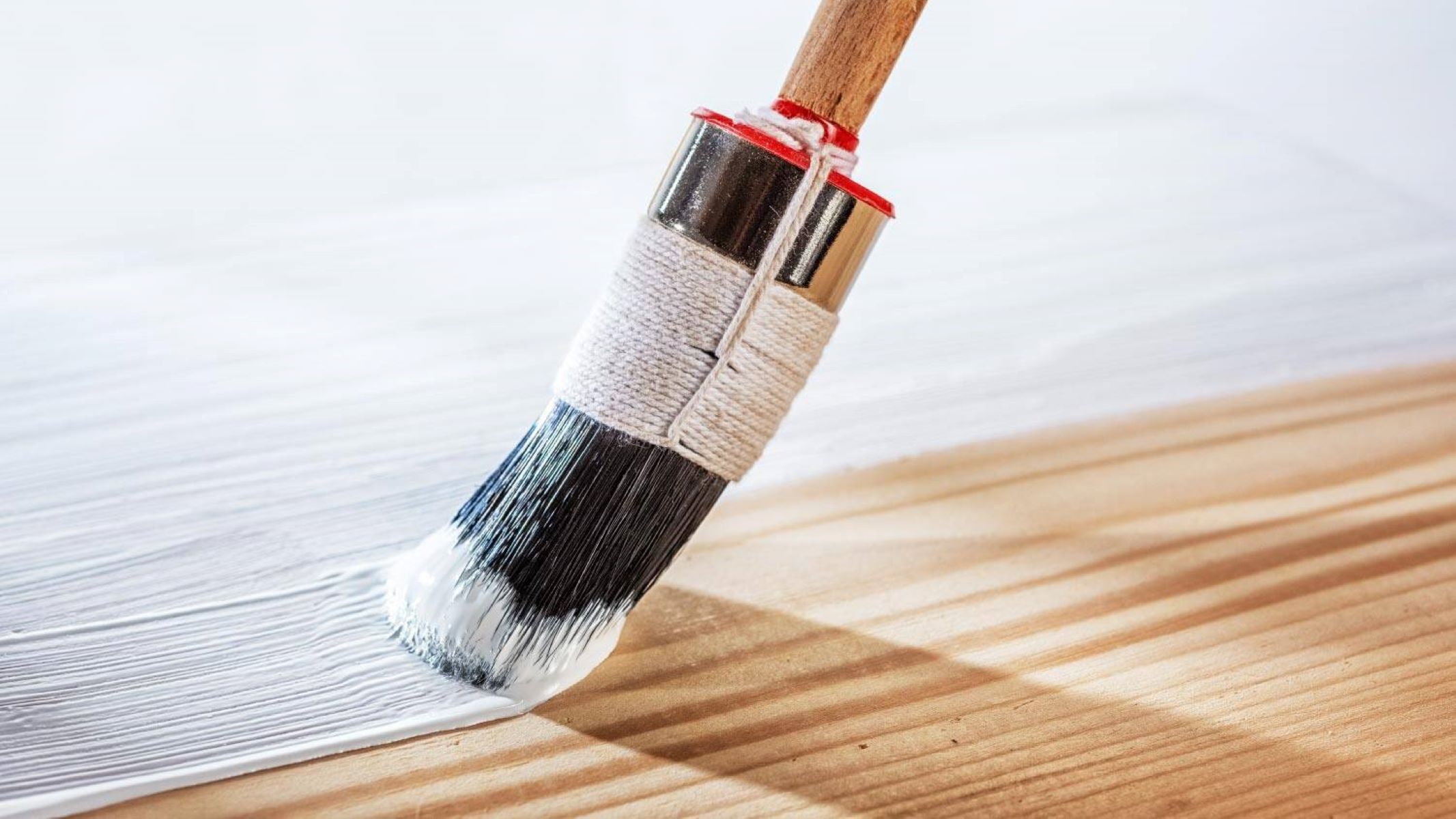

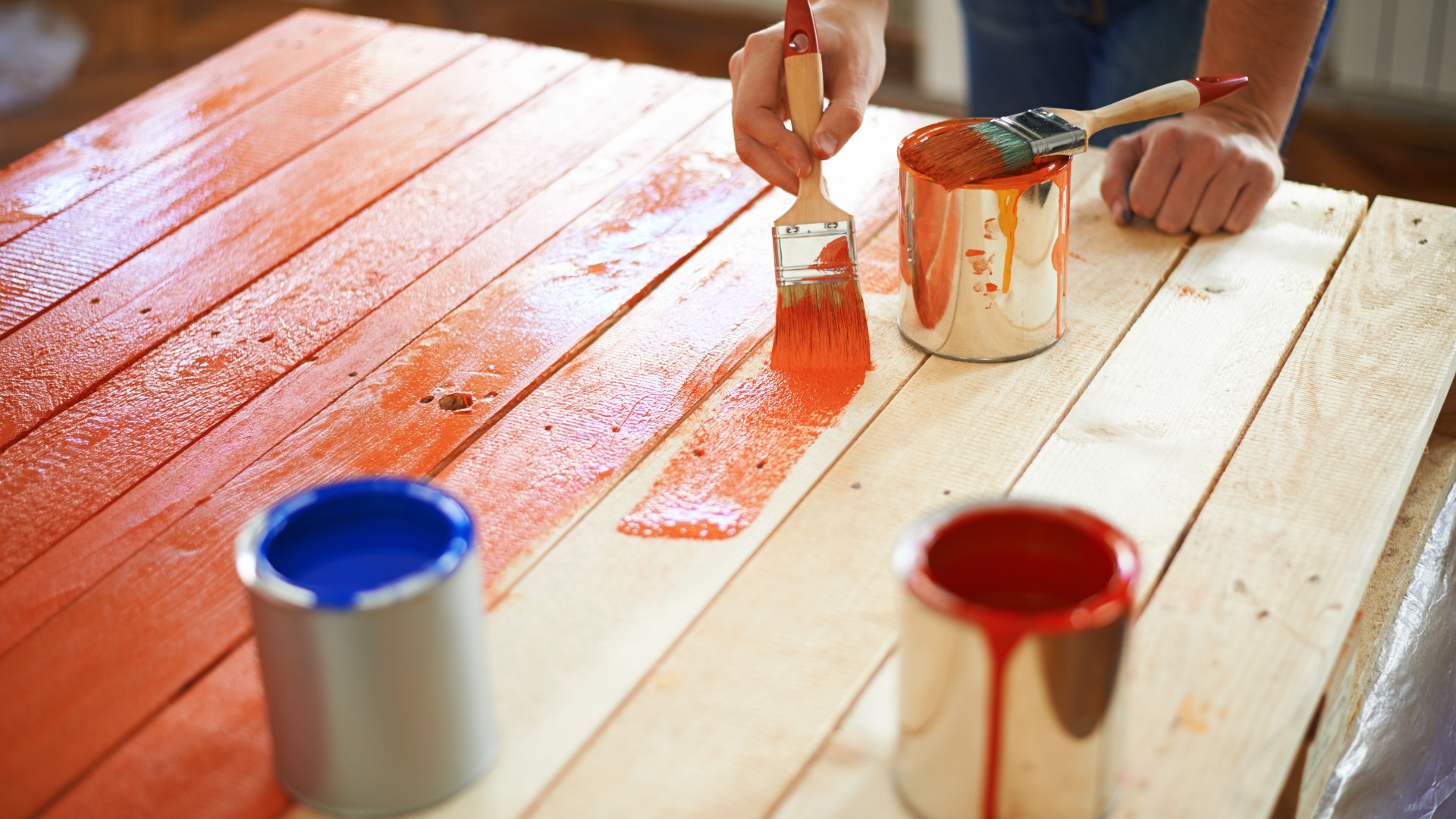
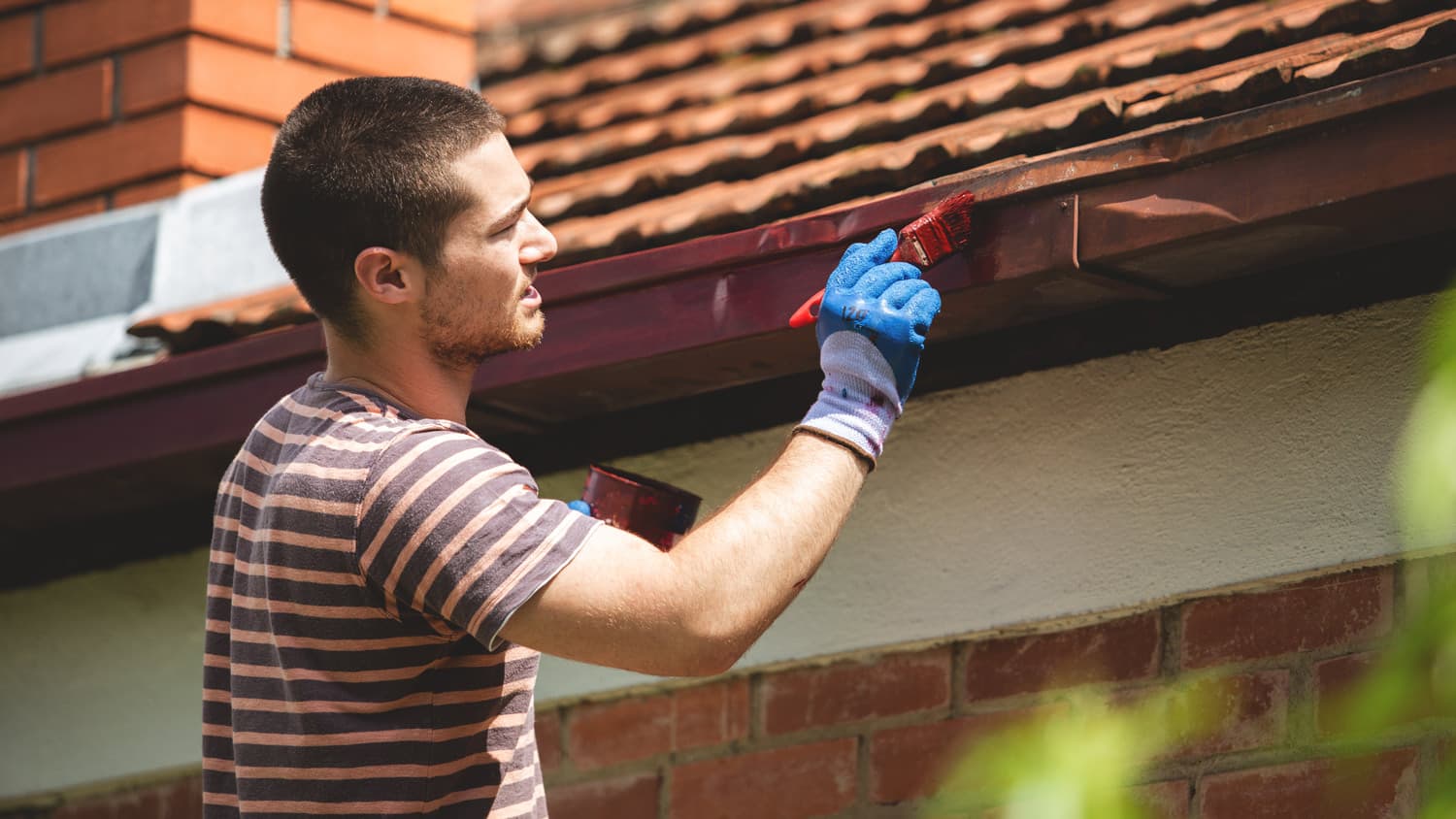
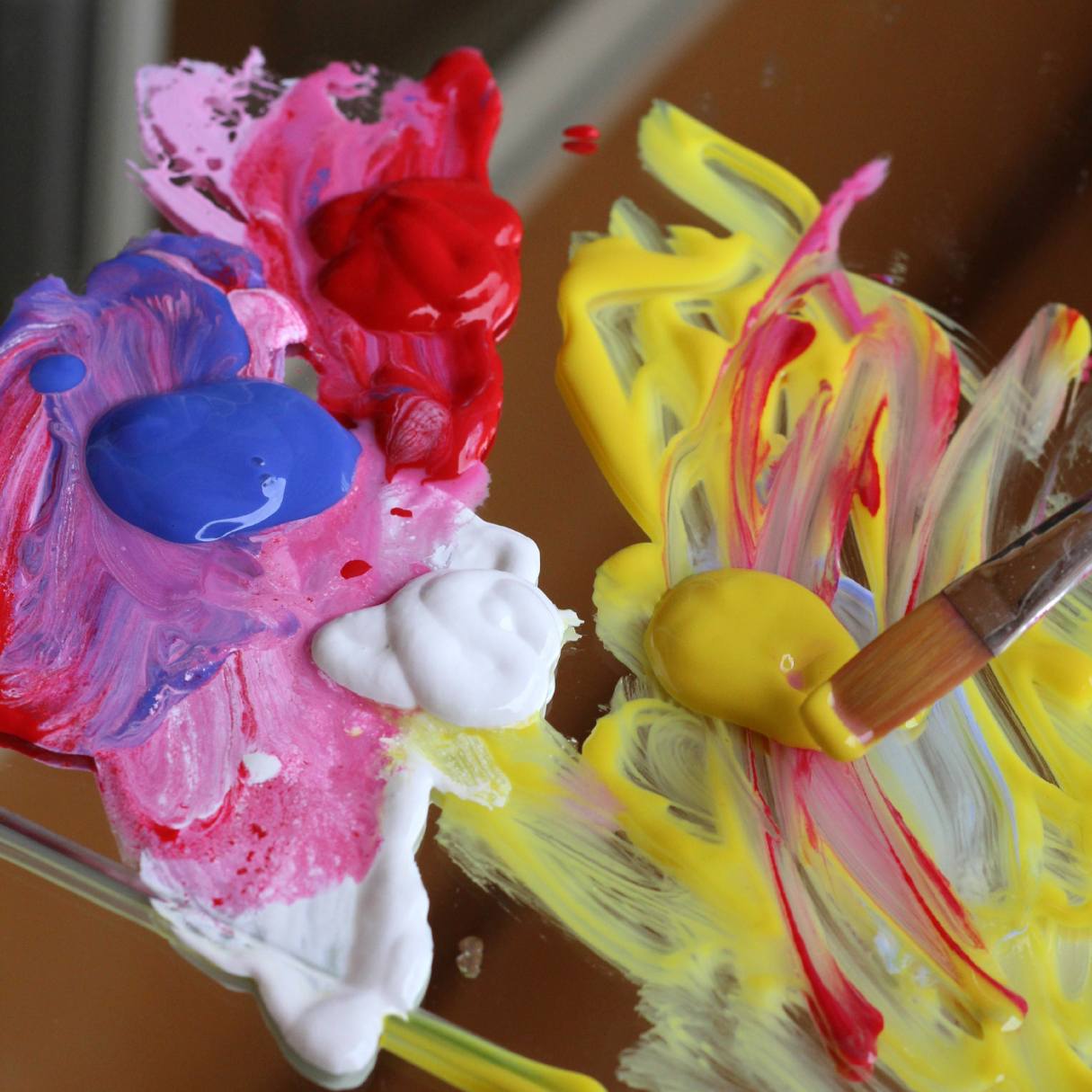
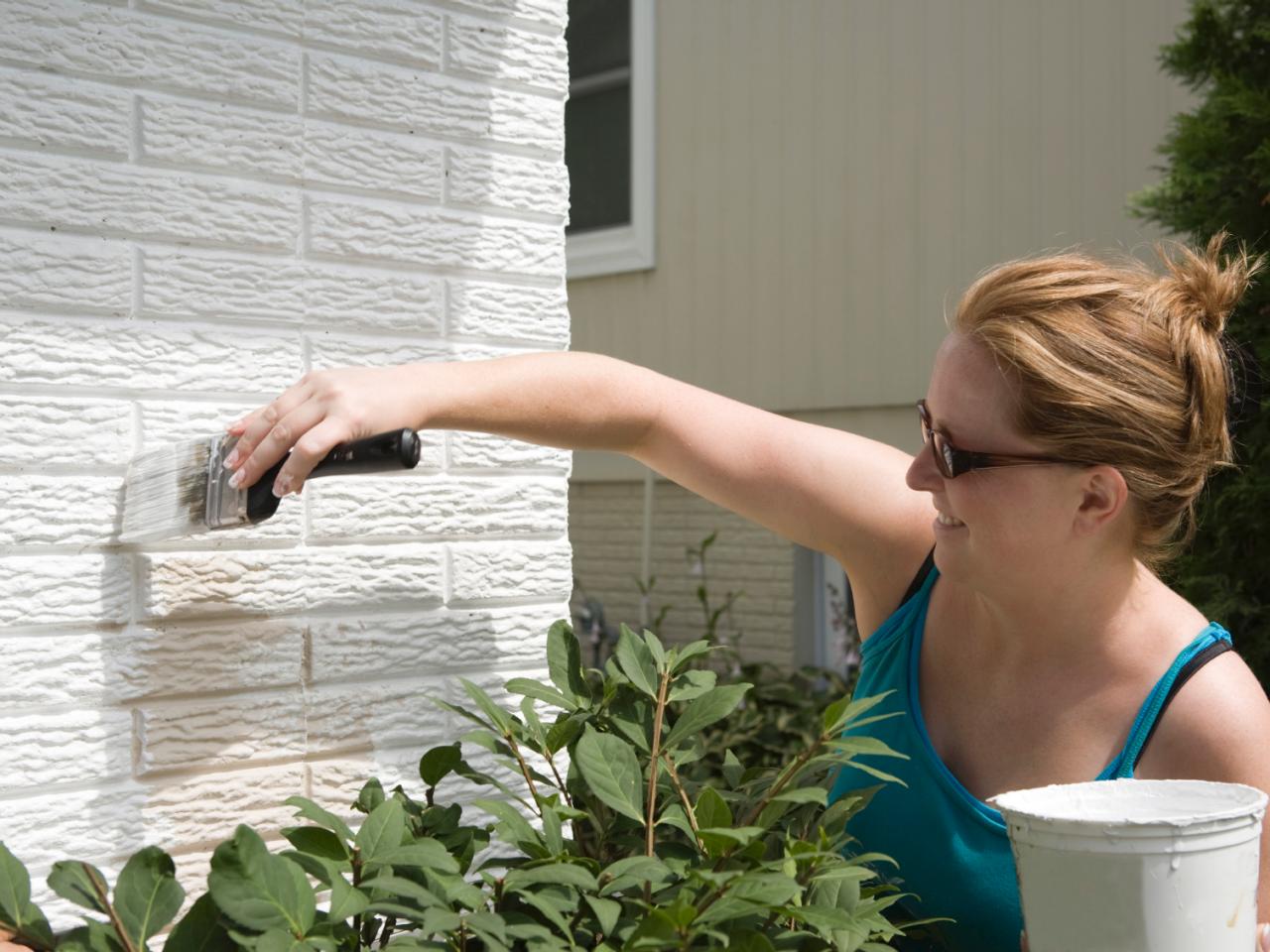
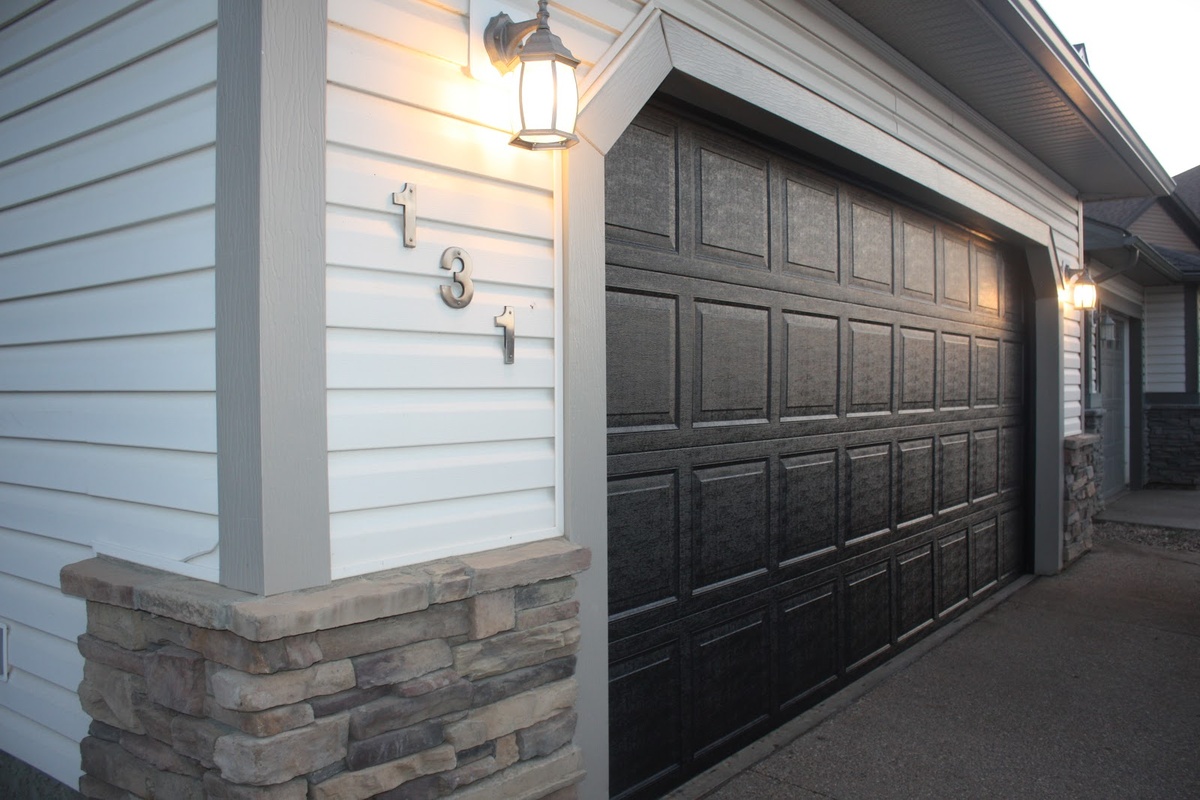

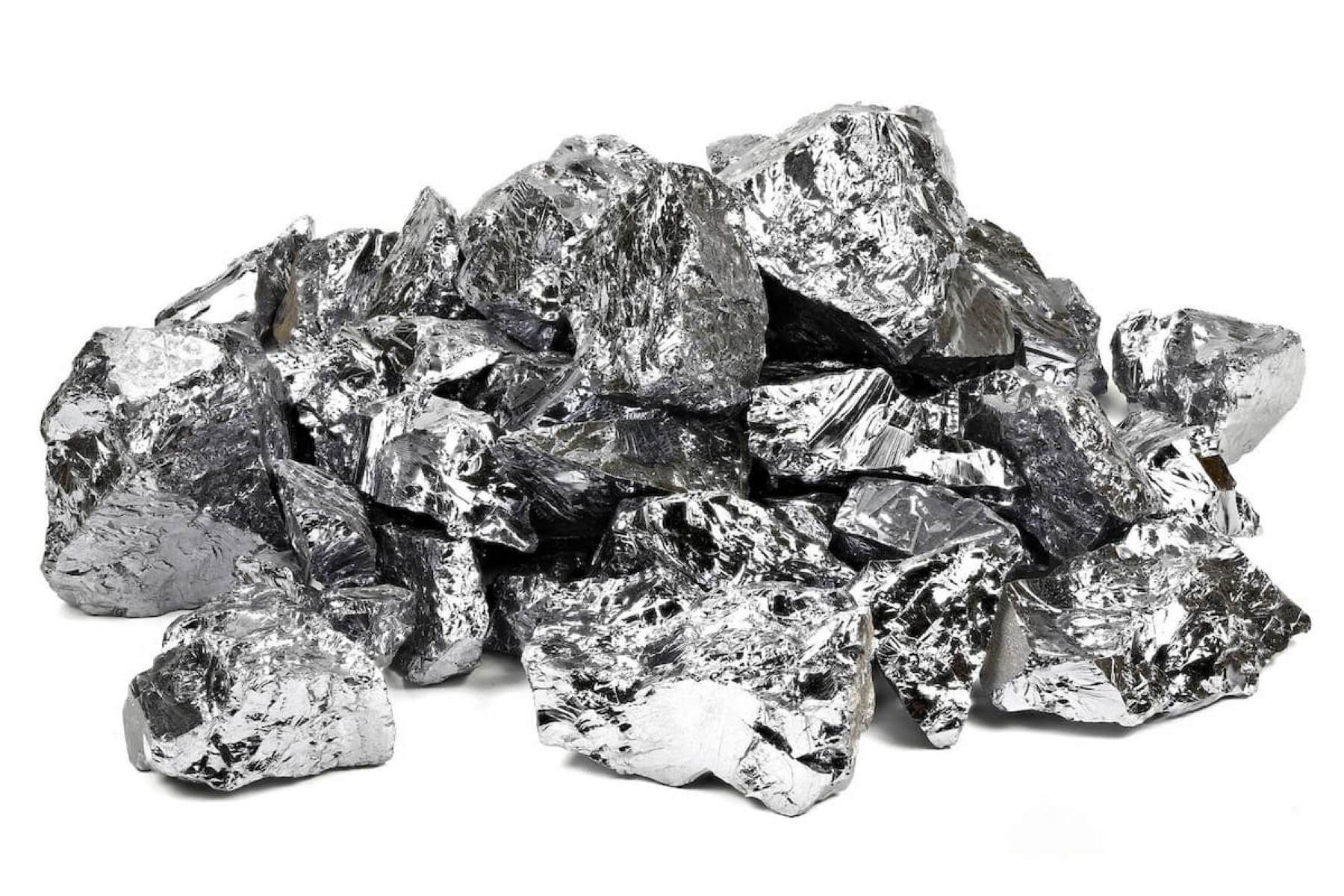

0 thoughts on “What Paint To Use On Glass”